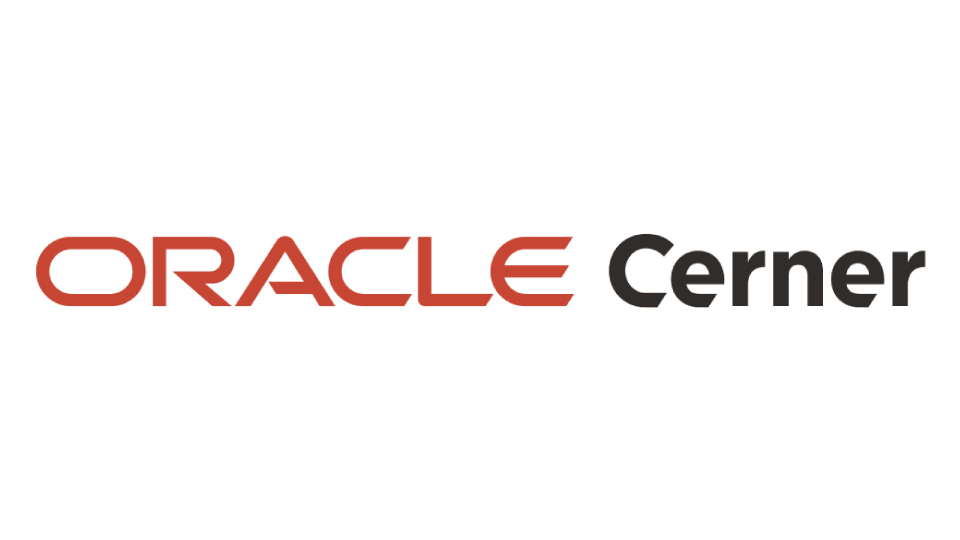The COVID-19 pandemic challenged many hospitals and health care systems, forcing many to address sudden surges in patient load. One Montgomery, Alabama, hospital leveraged Cerner technology to help clinicians not only respond to the surge but also improve some key workflow metrics.
Baptist Medical Center South (Baptist South) implemented CareAware Capacity Management® in January 2020. Not long after, the COVID-19 pandemic began, and Montgomery became a major hotspot for cases in the South. In a few months, the hospital was overcapacity, and at one point reached 172% capacity.1
In response, with help from the on-site Cerner ITWorksSM team, Baptist South converted beds in the outpatient department to inpatient beds and set up a tent in the parking lot to screen patients who were heading to the ambulatory clinics and emergency room. They also converted waiting rooms into patient care areas.
"Capacity Management gave us the ability to really understand and manage a very large number of patients, especially when we were running well over capacity,” said Ginger Henry, chief operations officer, Baptist Health. “We need to have the ability to visualize what our hospitals can accommodate and help make sure to get the right patient in the right bed at the right hospital. Having the ability to see that in one location with the help of Capacity Management is crucial.”
Baptist South also created a system command center to keep track of hospital resources. Additionally, Henry and others launched a COVID-19 task force to create processes that adhered to guidelines coming from the Centers of Disease Control and Prevention.
The Cerner ITWorks team was a part of the taskforce and was responsible for quickly making updates to clinical processes. One of the changes they helped implement was the COVID-19 isolation order, which served several functions. Once a physician placed a COVID-19 test, it triggered the isolation order, which appeared as an icon in Capacity Management. The product helped to alert hospital staff - including the housekeeping department and the command center - that the patient was being tested for COVID-19 and that the proper protocols were to be followed.
“Our Cerner ITWorks team was a key player on the COVID-19 taskforce. Not only were they able to quickly implement many of the ideas we brought to them, but they also had ideas that we had not even thought about yet since they understood Cerner’s products and their capabilities so well,” said Kelly Benson, RN, director of community care management.
“When we were significantly challenged, our Cerner partners were there living it with us. I needed things done, and I needed my IT systems working at the same pace that my clinical folks were working. Never once did I feel them do anything other than work as hard as the clinical team,” said Henry.
Many nursing leaders and other hospital staff praised having Capacity Management during the pandemic, and they also thought that the COVID-19 isolation patient attribute, visible and automated from the physician order, was a major safety success. “One of the things I've always said is that productivity in the hospital is at its best when you have somebody at the bedside, so with a lot of processes now being automated thanks to the help of Capacity Management, we have more time for clinicians to be at the patient's bedside,” said Benson.
Baptist South also saw several value metrics improve during the pandemic. The median amount of time it took from when a clinician requests a bed for a patient to when the patient enters the bed dropped 26%.2 The number of completed patient transports (when medical staff assist in moving patients around the facility) increased by 141%.3 Environmental service job turnaround time, which is the amount of time it takes to clean and disinfect a patient’s room, decreased from a median of 70 minutes to a little more than 56 minutes, or about 20%.4
Capacity Management also assisted in providing a key performance indicator (KPI) return on investment tool that helped clinicians better understand their roles in regard to the patient’s length of stay (LOS) at the hospital.
“It used to be that the case management department felt that the LOS metric lay completely on their shoulders, but really the nurses at the bedside, the nurse managers, the patient care technicians, all of them have the ability to help with LOS. We were able to take information from the KPI tool and show them how they played a role in reducing LOS,” said Benson.
Additionally, staff members said they would have likely been completely overwhelmed had Baptist Health not implemented Capacity Management just before the pandemic.
“We accomplished way more than we ever knew that we could. And it took every single member of the team, no matter what their role was, and we spent a lot of time together to help our patients get through this pandemic,” said Henry.
1 Based on occupancy data in April 2020.
2 Comparing the median time measured from Jan. 14-Feb. 16, 2019 to the median time from Jan. 14, 2020-2021.
3 Comparing the average transport volume numbers from Jan. 14-Feb. 16, 2019 to the average transport volume numbers from Jan. 14, 2020-2021.
4 Comparing the median time measured from Jan. 14-Feb. 16, 2019 to the median time from Jan. 14, 2020-2021.




